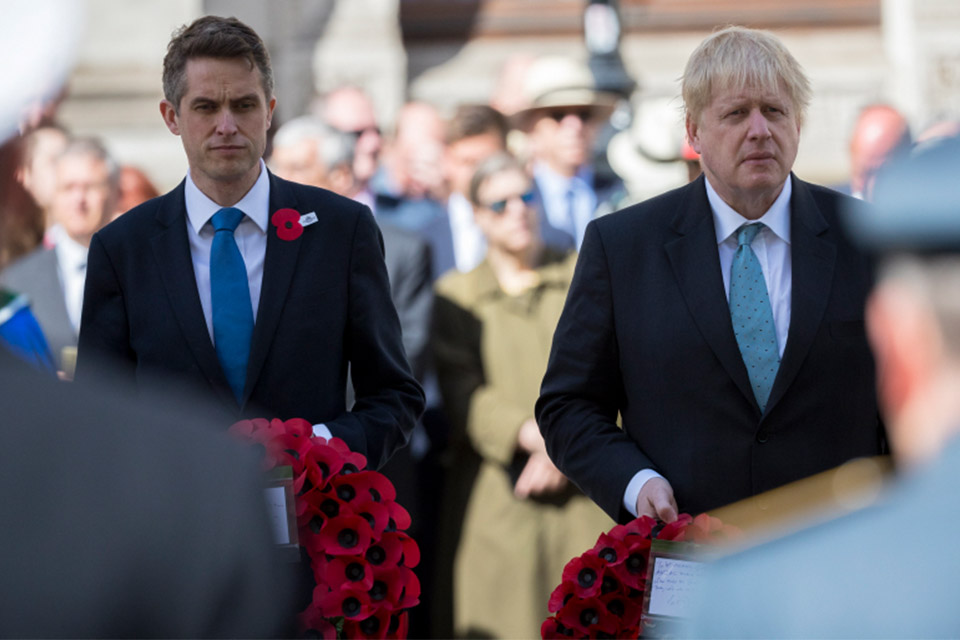Press release: UK gifts historic shipwrecks to Canada
Ownership of the two shipwrecks, HMS Erebus and HMS Terror, two of the most archaeologically important shipwrecks in the world, was formally transferred to the Canadian government with the signing of a Deed of Gift at a ceremony today. With this historic transfer, Inuit of Nunavut, who played a key role in their discovery, will also become joint owners of the wrecks and artefacts.
The ceremony at the Canadian Museum of History saw the Canadian Minister of Environment and Climate Change, Catherine McKenna, accept ownership of the wrecks on behalf of Canada from the UK government, represented by the British High Commissioner Susan le Jeune d’Allegeershecque CMG. Mr Torsten Diesel, from the Inuit Heritage Trust spoke of the importance of this transfer to Inuit.
The gifting is an historic milestone in the long-standing cooperation between the UK and Canada on the issue.
Defence Secretary Gavin Williamson said:
We have deep historic links with Canada and this gift is testament to our prospering relationship.
The story behind these vessels is both fascinating and incredibly important to the history of both our nations. The UK joined forces with the Canadian government and Inuit population to search for these ships for 172 years and I’m delighted they will now be protected for future generations.
The two ships, under the command of Rear-Admiral Sir John Franklin, set sail from England in 1845 on an ill-fated voyage through the Canadian Arctic to find the Northwest Passage. During the treacherous journey, the ships became trapped in thick sea ice. The crews abandoned the ships to trek overland to safety, but tragically none survived.
Despite many attempts to locate the wrecks, they proved elusive for over 172 years. In 1997, the UK and Canadian governments signed an agreement giving custody and control of the wrecks and their contents to Canada, while still remaining property of the UK.
Thanks to Inuit knowledge of the area, along with state of the art technology, Erebus was finally located in 2014 and Terror two years later in 2016 in shallow Arctic Waters.
In recognition of this momentous discovery, the British and Canadian governments jointly settled a new agreement. As of 26 April 2018, ownership of the vessels has been formally transferred to the government of Canada, and by extension, the Inuit Heritage Trust.
Artefacts from the wrecks will be available for display at museums in both countries. Currently there are examples on display at the Canadian Museum of History as part of the “Death in the Ice” exhibit.
Canadian Minister of Environment and Climate Change Catherine McKenna said:
I would like to express my deepest gratitude to the United Kingdom for this exceptional gift of the wrecks of HMS Erebus and HMS Terror and all yet-to-be discovered artifacts. Moving forward, we will work with the Inuit Heritage Trust to ensure these historic treasures are protected, and that the intriguing and expanding story of the Franklin Expedition continues to be shared with Canada and the world.

